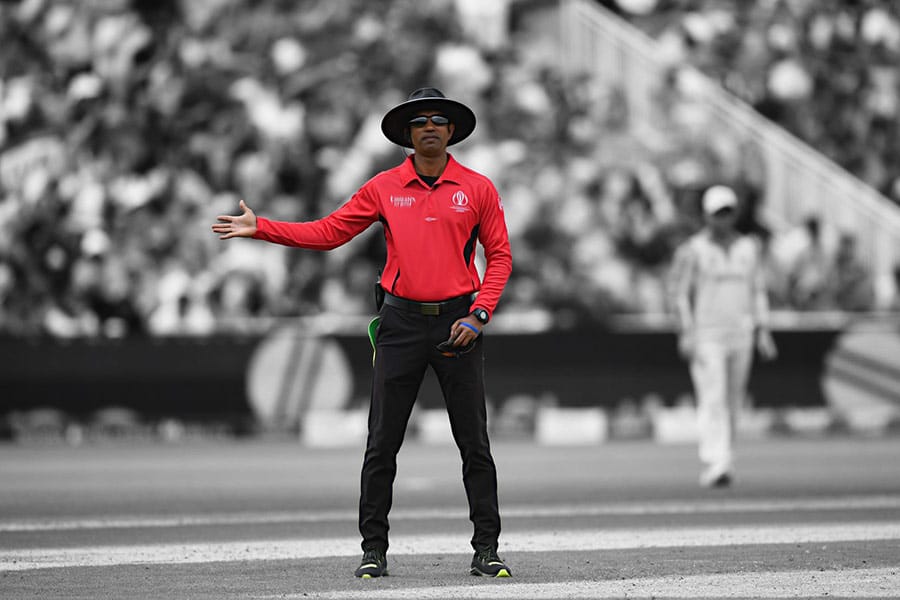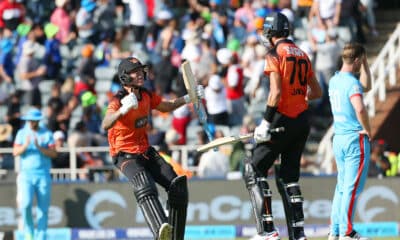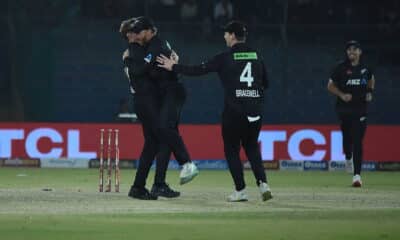
25 February 2020, by: Sibusiso Mjikeliso
Women’s T20 World Cup to Shape the ‘No-ball’ Rule
THE T20 Women’s World Cup on the go in Australia has been many things – entertaining, breathtaking and spectacular – but it has the opportunity to shape a law of cricket that could change the game forever.
The International Cricket Council (ICC) has been, for a number of years, flirting with the idea of stripping on-field umpires of their duty to call the front-foot no-ball. The idea is to have the television umpire judge every delivery, checking for its legality, while the on-field umpire focuses on what’s in front of him or her, not what’s below.
The no-ball rule is cricket’s off-side law. It’s a perennial bugbear as old as the sport itself. There have been so many missed no-balls in the history of the game that it would be easier to count grains of sand at the beach.
As recently as the 2019-2020 England tour to South Africa, no-balls took centre stage, especially in the second Test in Cape Town, where television analysts said there had been as many as 12 uncalled no-balls in the lunch session of the second day.South Africa were replying to England’s first innings score of 269 when the controversy reared its head. Stuart Broad, in the throngs of a monster spell of bowling, had Rassie van der Dussen caught behind off his glove but replays showed he overstepped; by quite some way.
This prompted an unofficial review of the previous deliveries from the session, which showed that there were a slew of uncalled no-balls from Broad as well as Sam Curran’s spells that hid in plain sight. Because they weren’t wicket-taking deliveries, they were allowed to fly right through the radar undetected.
This brings us to the problem the game has had pre and post the technological advances. When TV umpires took it upon themselves to review the front-foot after each wicket went down, it gave on-field umpires a cue to relax and not put much effort into watching the no-ball line ball after ball. Some believe they stopped watching the no-ball completely.
According to the ICC’s Anil Kumble, who is chairing the committee looking at rectifying these problems, there were 84,000 balls bowled in international men’s three formats in 2018. That’s a staggering number of deliveries the umpires have to adjudicate. It’s hard enough to judge whether a ball would have gone on to hit the stumps or hear a nick, without the added, age old pressure of checking the front-foot.
In the world of technology that we live in, a NO BALL like that should NOT happen!
End Of Story!
— Kevin Pietersen? (@KP24) March 28, 2019
The new technology that’s being tested, for the first time at a global ICC event, the T20 Women’s World Cup, had Kevin Pietersen’s full backing.
Pietersen was quoted by Wisden saying:
“I called a series in India only a couple of weeks ago. It was India vs the West Indies. And they had the new technology where the umpires were only concentrating on the batsmen and the third umpire was calling no-balls.
“I just think it has to be at every single ground. The umpire has to concentrate solely on what’s happening at the other end. The cameras are there. I just think that they need to be universally engaged. It was used brilliantly in that T20 series in India. It did solve a few issues. The correct decision was made, the no-balls were called.”Putting that responsibility on the TV umpire’s desk seems like a logical decision but it does not come without its potential controversy. Firstly, the scale of the rollout would be massive. There are on average 80 grounds around the world that host international matches and not all games have the benefit of television technology. What happens then?
The other issue is the time delay. In the 2016 trial, during the England vs Pakistan ODI series, it took an average of eight seconds between the time the front-foot landed over the line to the call from the TV umpire. That delay, especially in the early stages of the law, could mean there are plenty of balls wasted, slower over rates and a build-up of frustration as a result.
More than that, there is still some conjecture with regards to a lot of front-foot no-balls – is there something behind the line? That something could be a smidgen of the bowler’s spikes or a bootlace. Often it is hard to tell where the line begins and where the bowler’s heel ends.
Strange decision, Mohammad Rizwan given out – Replays show that it should have been a no-ball. No portion of his foot was behind the line but the third umpire rules that it’s a fair delivery #AUSvPAK #Cricket pic.twitter.com/xHfVmYT7Ds
— Saj Sadiq (@Saj_PakPassion) November 21, 2019
Like in the case when, in last year’s Pakistan tour to Australia, Aussie paceman Pat Cummins dismissed Mohammad Rizwan when the bowler didn’t appear to have anything behind the line. The TV umpire upheld the on-field decision that Rizwan was out, without compelling evidence that Cummins had even a smidgen behind the line.
“You’d think it would make the umpire’s job easier if the front-foot was taken out of their hands,” former Aussie skipper Ricky Ponting told Wisden.
It’s these and many other tidbits that the T20 Women’s World Cup will help the game to clarify. The eyes of the world will be watching. The Indian Premier League (IPL) is already gearing up to have the new no-ball technology usurped in this year’s tournament.
The T20 Women’s World Cup will do more than just crown the next world champion in the game’s shortest format but could help ratify the most significant law change since the introduction of the ‘free hit’.
MORE STORIES

























